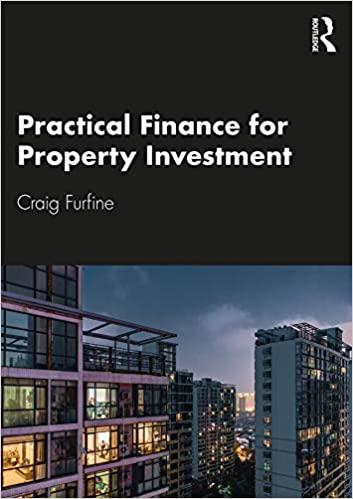Assuming that the cost per ton of emissions reduction is constant and that the improvement in the air for the metropolitan area is the same no matter which plant reduces emissions, calculate the following: a. Cost of meeting EPA regulations. b. Least-cost method of achieving the EPA goal of reducing emissions of sulfur dioxides from power plants in the metropolitan area. Instead of using regulations to achieve the 20 percent reduction in emissions discussed in the preceding problem, suppose the EPA requires each of the five emitters to pay a fee of $450 for each ton of sulfur dioxide it dumps in the air during the year. Use the data from the table for problem 3 to predict which companies will purchase pollution rights, total cost of achieving the reduction in sulfur dioxide emissions, and revenue generated from the sale of pollution rights in the area. Economists argue that there is an efficient amount of pollution abatement. Explain why the efficient amount of abatement is unlikely to be either 0 or 100 percent. List all the information that would be required to determine the efficient amount of pollution abatement. Why is it difficult in practice to determine the efficient amount of pollution abatement? Barthold, Thomas A. "Issues in the Design of Environmental Excise Taxes." Journal of Economic Perspectives 8, 1 (Winter 1994): 133-151. An analysis of some of the practical problems involved in the implementation of corrective taxes to deal with pollution Freeman, A. Myrick, III. "Environmental Policy Since Earth Day 1: What Have We Gained?" Journal of Economic Perspectives 16, 1 (Winter 2002): 125-146. A discussion of the costs and benefits of environmental protection programs in the United States Assuming that the cost per ton of emissions reduction is constant and that the improvement in the air for the metropolitan area is the same no matter which plant reduces emissions, calculate the following: a. Cost of meeting EPA regulations. b. Least-cost method of achieving the EPA goal of reducing emissions of sulfur dioxides from power plants in the metropolitan area. Instead of using regulations to achieve the 20 percent reduction in emissions discussed in the preceding problem, suppose the EPA requires each of the five emitters to pay a fee of $450 for each ton of sulfur dioxide it dumps in the air during the year. Use the data from the table for problem 3 to predict which companies will purchase pollution rights, total cost of achieving the reduction in sulfur dioxide emissions, and revenue generated from the sale of pollution rights in the area. Economists argue that there is an efficient amount of pollution abatement. Explain why the efficient amount of abatement is unlikely to be either 0 or 100 percent. List all the information that would be required to determine the efficient amount of pollution abatement. Why is it difficult in practice to determine the efficient amount of pollution abatement? Barthold, Thomas A. "Issues in the Design of Environmental Excise Taxes." Journal of Economic Perspectives 8, 1 (Winter 1994): 133-151. An analysis of some of the practical problems involved in the implementation of corrective taxes to deal with pollution Freeman, A. Myrick, III. "Environmental Policy Since Earth Day 1: What Have We Gained?" Journal of Economic Perspectives 16, 1 (Winter 2002): 125-146. A discussion of the costs and benefits of environmental protection programs in the United States







